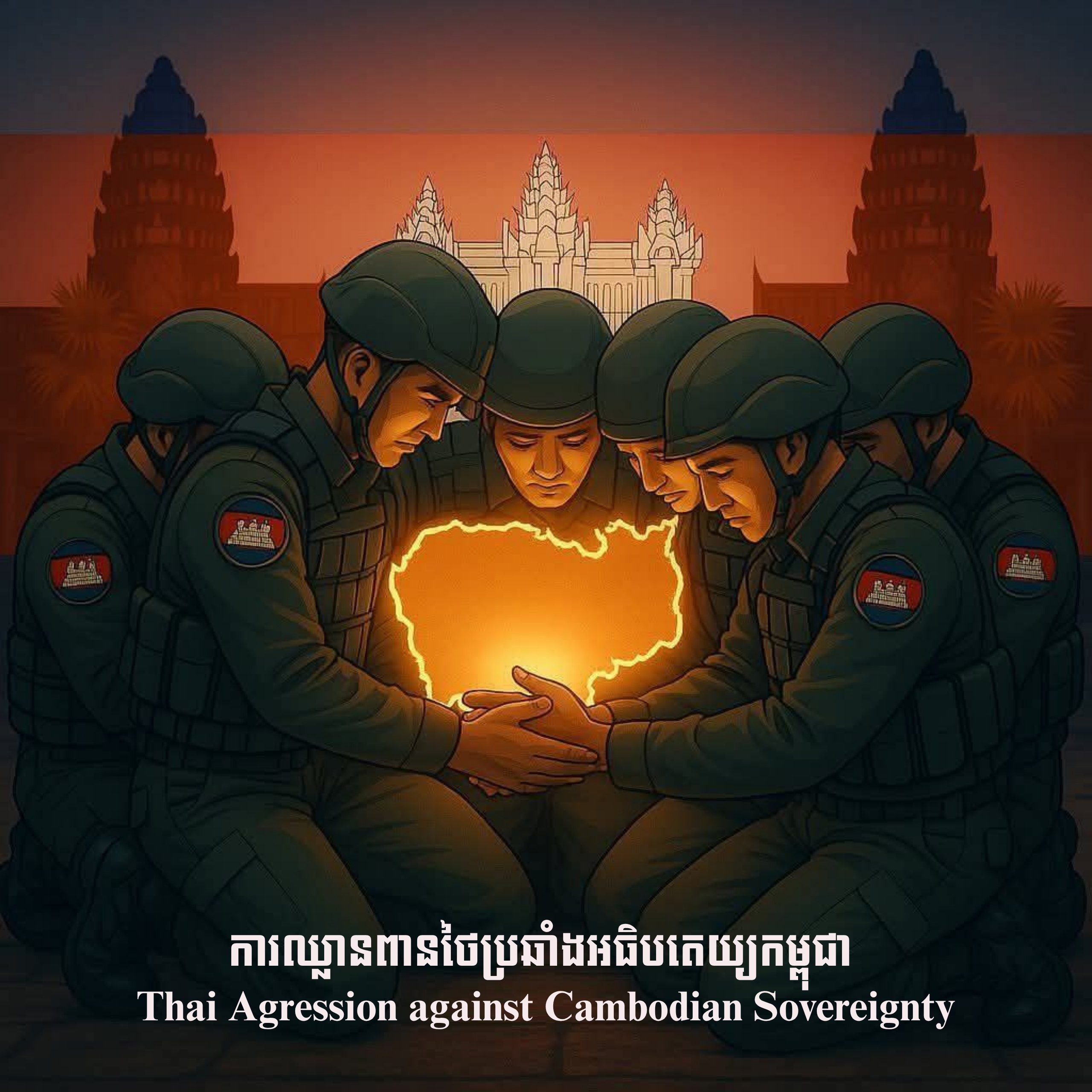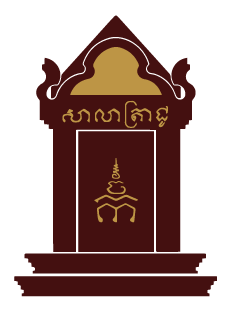
For too long, Cambodia has borne the heavy burden of war, aggression, and injustice. Our past is marked by pain—from internal conflict and the brutality of the Khmer Rouge to external threats that continue to challenge our sovereignty.
Yet we have emerged from the ashes. Since 1991, and with the full realization of peace in 1998 through the visionary Win-Win Policy, Cambodia has chosen a path of reconciliation, non-violence, and international cooperation. We have honored international law, welcomed the role of the global community, and sought peace at every turn.
But even as Cambodia commits to peace, our sovereignty continues to be violated—not once, but repeatedly—by the Kingdom of Thailand.
I. A History of Thai Aggression:
- 1954: Thailand unlawfully occupied the Preah Vihear Temple, disregarding centuries of history and established borders.
- 1959: Cambodia, respecting legal frameworks, brought the matter to the International Court of Justice (ICJ).
- 1962: The ICJ rendered its verdict—Preah Vihear belongs to Cambodia. Thailand’s claim was baseless and shameful, grounded in a unilateral map that has always been the source of conflict.
- 2008: Following the UNESCO inscription of Preah Vihear as a World Heritage Site, Thailand again invaded Cambodian territory, escalating military tensions.
II. Cambodia Has Always Chosen Law Over Violence
In 2011, after years of Thai refusal to resolve the matter through sincere bilateral dialogue, Cambodia turned to the UN, ASEAN, and the ICJ. The international community witnessed the facts:
UNSC and ASEAN observed the aggression and violence committed by Thailand.
The ICJ in 2011 issued provisional measures condemning Thai military actions and urging both parties to avoid armed conflict.
In 2013, the ICJ reaffirmed its 1962 ruling: Preah Vihear is under Cambodian sovereignty, and Thailand is legally obligated to comply with boundary treaties—Franco-Siamese treaties of 1904 and 1907. The Court criticized Thailand’s bad faith, its refusal to honor pacta sunt servanda, and its continued reliance on a unilateral and unlawful map.
This is not just a legal victory for Cambodia—it is an indictment of Thailand’s systematic and deliberate aggression.
III. 2025: Thai Invasion Once Again
28 May 2025: A Cambodian soldier was killed in an unprovoked attack.
15 June 2025 Cambodia foresaw this aggression, which is why we submitted the border dispute to the International Court of Justice (ICJ). We invited Thailand to join in a peaceful legal process—but Thailand rejected this proposal and instead chose the path of invasion. Since the Joint Border Commission (JBC) and all bilateral mechanisms have reached a deadlock, Cambodia has no choice but to seek peaceful resolution through international legal institutions.
24 July 2025: Thailand launched a military invasion—a blatant act of aggression against a peaceful neighbor, Cambodia, as a peace loving Nation.
Despite these provocations, Cambodia has shown restraint and maturity. We sought a ceasefire, agreed to mediation by Malaysia and the United States, and signed a ceasefire agreement on 28 July 2025.
Yet Thailand continues to accuse Cambodia falsely of violations, while it violates the ceasefire itself and manipulates public opinion with disinformation and fake news. This is a transparent attempt to politicize negotiations, undermine the Joint Border Commission, and derail peaceful solutions.
Read more :https://www.facebook.com/share/p/1G728DP711/
